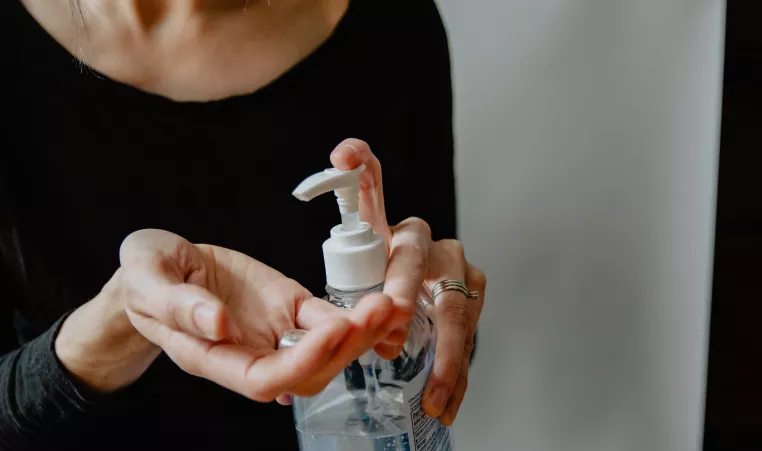
FACT: The coronavirus disease (COVID-19) is caused by a virus, NOT by bacteria
The virus that causes COVID-19 is in a family of viruses called Coronaviridae. Antibiotics do not work against viruses. Some people who become ill with COVID-19 can also develop a bacterial infection as a complication. In this case, antibiotics may be recommended by a health care provider. There is currently no licensed medication to cure COVID-19. If you have symptoms, call your health care provider or COVID-19 hotline for assistance.
FACT: Antibiotics CANNOT prevent or treat COVID-19
Antibiotics work only against bacteria, not viruses. COVID-19 is caused by a virus, and therefore antibiotics should not be used for prevention or treatment. However, if you are hospitalized for COVID-19, you may receive antibiotics because bacterial co-infection is possible.
FACT: Spraying and introducing bleach or another disinfectant into your body WILL NOT protect you against COVID-19 and can be dangerous
Do not under any circumstance spray or introduce bleach or any other disinfectant into your body. These substances can be poisonous if ingested and cause irritation and damage to your skin and eyes. Bleach and disinfectant should be used carefully to disinfect surfaces only. Remember to keep chlorine (bleach) and other disinfectants out of reach of children.
FACT: People of all ages can be infected by the COVID-19 virus
Older people and younger people can be infected by the COVID-19 virus. Older people, and people with pre-existing medical conditions such as asthma, diabetes, obesity, and heart disease appear to be more vulnerable to becoming severely ill with the virus. WHO advises people of all ages to take steps to protect themselves from the virus, for example by following good hand hygiene and good respiratory hygiene.
FACT: Cases are not increasing because testing is increasing
At one point, the idea that COVID-19 case numbers were high because of an increase in testing made intuitive sense, especially in the early stages of the pandemic when people showing up for tests were overwhelmingly showing symptoms of possible infection. More testing meant health officials were aware of more illnesses that would have otherwise gone under the radar. And testing predominately sick and symptomatic people can result in an overestimate of its virulence.
Now, with millions of tests conducted and fewer than 10% coming back positive, the U.S. knows what it is facing. Testing today is essential to finding the people who are infected and getting them isolated.
Information from the World Health Organization

